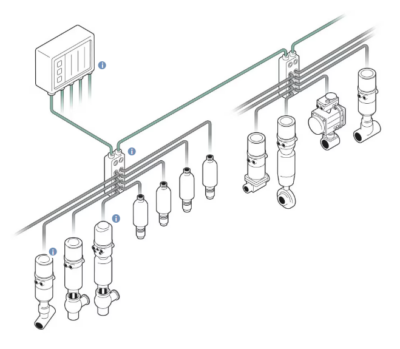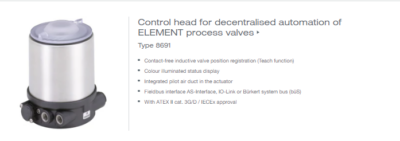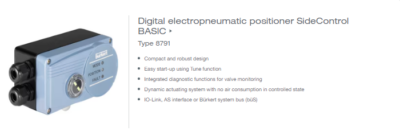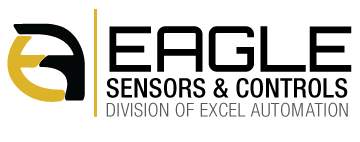IO-Link: The open communication standard for sensors and actuators

The digital communication of intelligent field devices and the transmission of process, device and diagnostic data are becoming increasingly important in process automation. IO-Link, a fieldbus-independent communication protocol, enables the connection of field devices (e.g. sensors, actuators) to the controller via a point-to-point connection. IO-Link can be easily and flexibly integrated into all standard fieldbus and automation systems and is characterised by its high efficiency and excellent diagnostic capabilities. But what is IO-Link exactly? Which data can be transmitted? And which advantages does IO-Link offer?

Fundamentals of IO-Link
Standardized communication technology:
IO-Link is a standardized I/O (Input/Output) technology (IEC 61131-9) that enables communication between sensors and actuators. With IO-Link, field devices can be connected to and controlled at control level via a cost-effective point-to-point connection.
IO-Link is therefore not a fieldbus but a communication protocol that builds on the traditional connection technology of sensors and actuators and offers integrated communication right down to field device level. The data exchange between the higher-level controller and the IO-Link devices is bidirectional, i.e. takes place in both directions. Both cyclic (e.g. process values) and acyclic (e.g. diagnostic messages) data can thus be transmitted separately.

The IO-Link Protocol:
The IO-Link master:
The IO-Link master is an interface between the actual controller and the field devices (e.g. sensors or actuators). Depending on the IO-Link master used, up to eight IO-Link devices can be connected point-to-point to a master, thus enabling the user to reliably transmit and exchange device, process and diagnostic data.
Master-slave communication: Configuration of the IO-Link port
The IO-Link ports of the master are used for communicating with the IO-Link devices. The following operating modes are available for the ports:
- “IO-Link”: In this mode, the port is in the IO-Link communication.
- “DI”: This port serves as the digital input for entering data.
- “DQ”: This port serves as the digital output or data output.
- “Deactivated”: This port is deactivated. Can be used with unused ports, can be reactivated, if required.
IO-Link: Transmission of various types of data:
Various types of data, such as process data, value status, device status and events can be transmitted via IO-Link.
The process data shows the current process values of a device (between 1 bit and 32 bytes of information). This data is transmitted bidirectionally via the master, between the controller and the field devices.
Each port has a value status that checks the validity of the process data. This value status is transmitted cyclically along with the process data. The device data transmits detailed information about the connected devices to the IO-Link master. This data can be parameters, identification data and diagnostic information and may only be exchanged on request (acyclically).
The last type of data is events. These events are transmitted to the master as they occur. They may be error messages, warnings or maintenance data.
Data transmission speed:
In the IO-Link specification, three data transmission rates have been defined for the IO-Link operating mode
- 4.8 kBaud (COM 1)
- 38.4 kBaud (COM 2)
- 230.4 kBaud (COM3)
An IO-Link master can support one of three data transmission speed settings. Depending on the connected device, the transmission speed is set automatically by the master during the first communication with the device.
Your advantages with IO-Link:
Our Bürkert expertise:
At Bürkert, we have been a reliable industry partner for many years and offer high-quality products and technology solutions. We also offer future-oriented products and system solutions in the field of automation technology. As a member of the IO-Link community, we provide active support and certify our products and systems accordingly. To provide you with the best possible support when automating your production plants, we already offer the IO-Link digital communication interface in many of our products and system solutions.
Application examples with IO-Link:
IO-Link is mainly used in machine or machine-related applications, such as in filling plants and in the food and beverage industry. Online parameterisation and remote diagnosis functions make IO-Link particularly suitable for hygiene-critical applications and food processing plants.
Burkert control heads and positioners with IO-Link:




